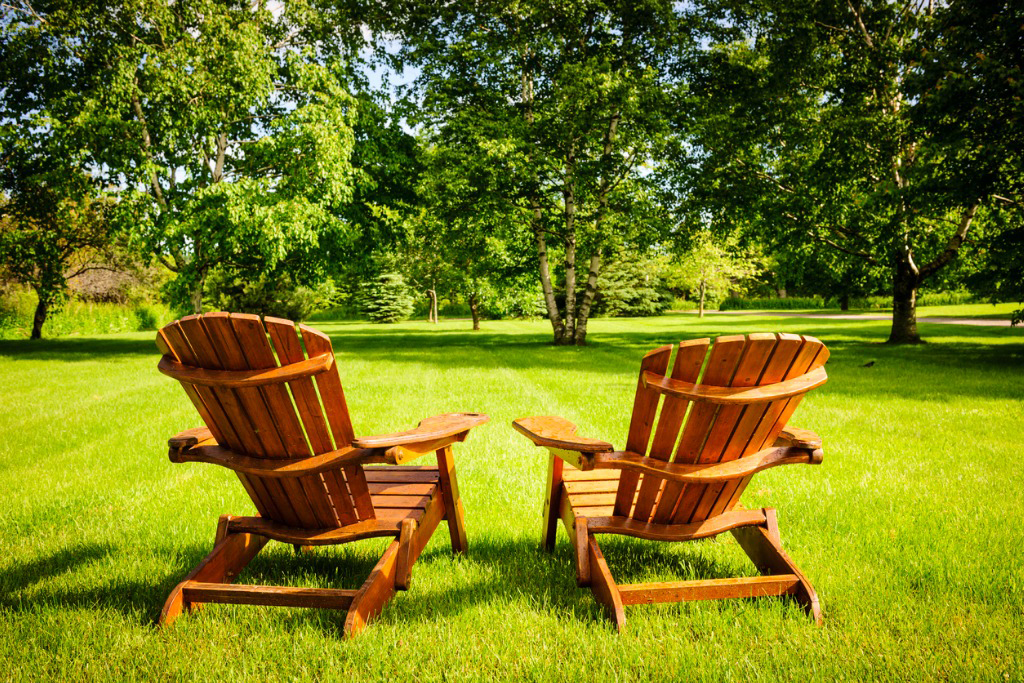
Though there has been quite a bit of rain in the forecast of late, summers in Michigan (and particularly July and August) are notoriously hot and dry. So what can happen and what can you do about it? Luckily, most issues are short-lived and do not cause permanent damage, though they can be concerning.
The first of these problems is something called “heat tracking.” Heat tracking is when mowers or other repetitive movement leaves tracks on lawns during hot, dry weather. High temperatures combined with lack of rain when turf is already stressed cause these yellowed lines which can often be mistaken for herbicide damage. However, only the blade of the grass is affected and the yellowed areas will grow out in time, helped by cooler temperatures and either rainfall or irrigation. You can also attempt to prevent it happening in the first place by avoiding mowing and other heavy-traffic activities on the lawn in hot, dry conditions.
Other problems can affect trees, shrubs, and other perennials. While established plants (installed 3 or more years prior) do not typically need supportive care, newer plantings can be much more delicate and subject to drought or transplant stress. This kind of damage can present differently in different kinds of plants, such as:
- Leaf rolling or curling
- Leaf scorch or browning
- Wilting leaves
- Leaf shed or early color change
- Drooping shoots on conifers
To keep plants healthy and combat these issues, water deeply once a week or you can also water more frequently for less time. Either way, make sure to avoid runoff as it wastes water and does not benefit your landscape. You can also add mulch to beds to help retain water and protect soil from the glaring sun and heat.




